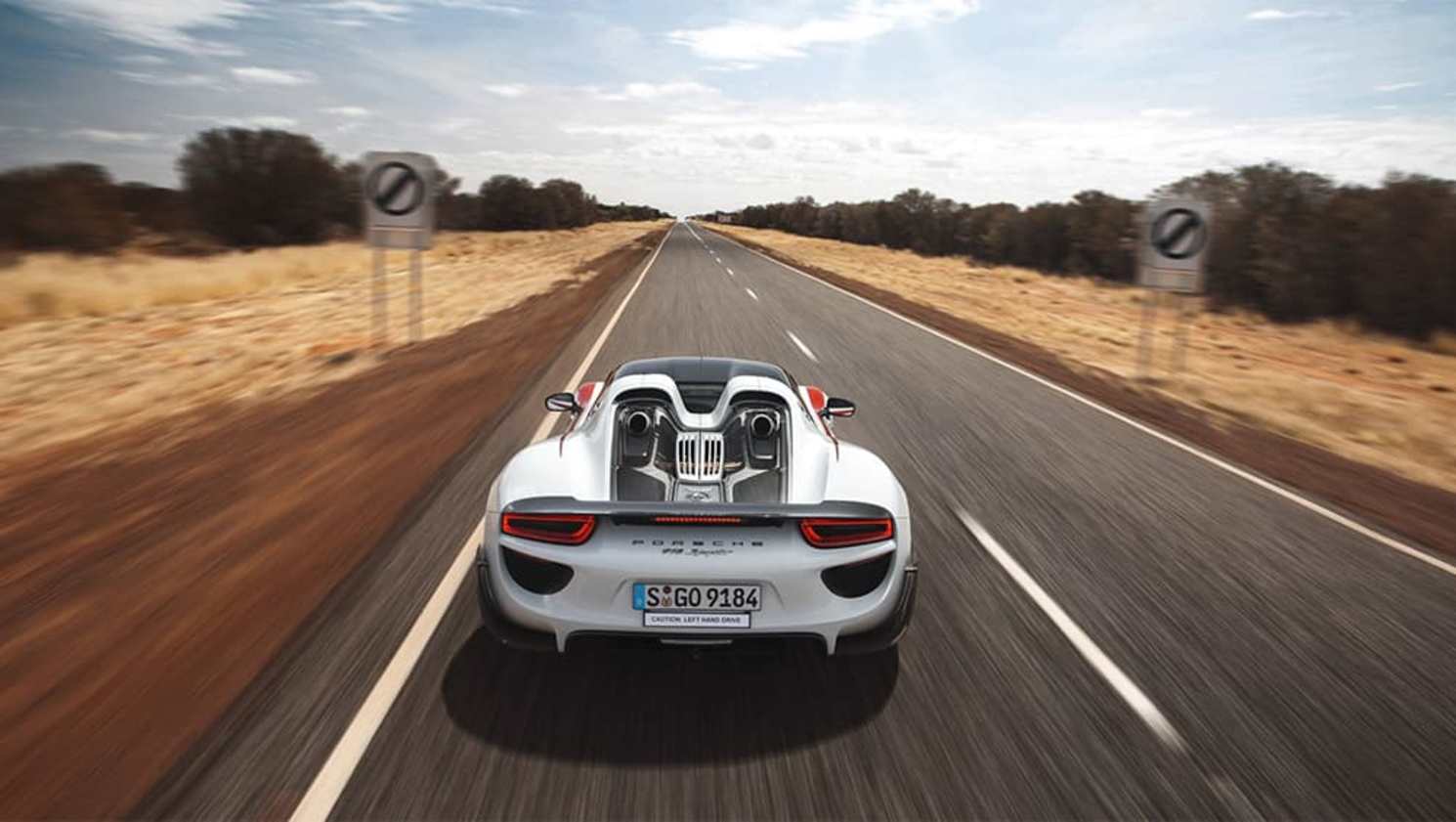Speed kills. It’s the message that we’ve had driven home for decades by law enforcement and the government. But it’s time to have a serious discussion about speed limits in Australia without the hysterics and put some cold, hard facts into the debate.
I was inspired to write this column thanks to a few recent events, namely a trip up the highway from Sydney to Brisbane and two recent stories I’ve written for this website on speed limits in Australia and around the world. What these stories and my road trip rammed home to me is that Australia is not only behind the rest of the world but we’re living in the past.
Have you ever asked why the speed limit is 110km/h on most freeways? Why isn’t it an even 100km/h or why not 115km/h or 120km/h? Well, you can thank the metric system because when Australia switched from imperial to metric the speed limits were changed in 1974 and were rounded to the nearest 10km/h increment. So, 60mph became 100km/h and the freeway limit of 70mph became 110km/h.
Makes perfect sense in the context of the time. But does it still make sense now in 2025? Think about how far not only vehicle safety has come in the past 51 years but also the quality of our roads. The idea that we haven’t progressed our speed limits in half a century seems like madness to me, or at the very least laziness.
I own a 1982 Alfa Romeo Alfasud and doing 110km/h in it feels very fast, actually doing 60km/h feels fast in it sometimes with its complete lack of any active or passive safety (save the seatbelts). The doors are so thin compared to even a modern hatchback equivalent and overall my old car just feels, well… old.
Given that my 40+ year old Alfa Romeo is an outlier, with the average age of the Australian fleet believed to be roughly 10 years, that means the vast majority of vehicles on our roads are much safer than they were in 1974. A modern car has a suite of passive safety features to protect the occupants in an accident that we didn’t have 50 years ago, but back in ‘74 even basic cruise control was a luxury. In many of today’s cars they have adaptive cruise control, often paired with lane keeping assistance, blind spot monitoring and other measures to reduce the chances of you having an accident in the first place.
On top of all this, modern cars are more capable of driving at higher speeds than those from 51 years ago. So, in short, modern cars are much safer to drive at 110km/h and have no trouble going faster — as demonstrated by the higher speed limits in other countries.
A 2021 report by the World Health Organisation saw Australia rank higher on the list of road fatalities per 100,000 head of population than Germany, a country which famously has thousands of kilometres of highways with no speed limits. According to the report Australia had 4.5 deaths per 100,000 inhabitants, while Germany had just 3.7, which undercuts the ‘speed kills’ message the government has pushed for so long.
When I was younger I assumed Germany’s autobahns were some sort of special road, like a big, wide, smooth racetrack that made the higher speeds safer. But when I travelled there and drove on them I realised they were almost identical to Australian highways. The key difference, as far as I can tell, is all the unrestricted stretches of autobahn have some sort of guardrail or fencing on both sides of the road, whereas there are still large sections of Australian highways where there are none.
But overall the standard of Australian freeways have improved enormously over the past 51 years. When I was a kid the M1 passed through dozens of small towns and had long stretches of two-lane blacktop. Nowadays it’s almost entirely dual-carriageway from Melbourne to Brisbane with almost every town except Albury and Coffs Harbour bypassed.
The road is wider, smoother and safer than it has ever been and coupled with the safer cars, I believe it’s time to look at higher freeway speed limits, that would arguably make long distance travel in Australia safer.
I’m not suggesting for a moment we follow Germany’s lead and go as fast as we want, I believe Germany has a unique cultural background that has allowed the unrestricted autobahns to survive and thrive. Namely, the Germans have excellent lane discipline, which is something we in Australia simply do not have — but that’s a column for another day.
Instead, I believe Australian governments should seriously consider 130km/h freeway speed limits on sections they deem safe to do so. Frankly, between Sydney and Brisbane that’s the vast majority of the drive, but there are still some sections between Sydney and Melbourne that should probably stay 110km/h.
A 130km/h would bring us into line with dozens of countries around the world. Much of Europe has a 130km/h cap on their freeways and France has the sensible idea of dropping the limit to 110km/h in the rain - which is an idea I'd 100 per cent support here.
Increasing the limit to 130km/h gets you an extra 20km down the road each hour, so over the course of a trip between Sydney and Brisbane or Sydney and Melbourne you’d save over one hour of driving time. That may not sound like a lot, but cutting down these long drivers would help reduce driver fatigue and that would actually help make them safe.
Of course, most road safety campaigners will say this is a dangerous suggestion and will lead to more deaths, but the statistics and my own experience of driving in other countries suggests that’s simply not the case. I don’t believe this is the work of a moment and there would need to be some robust public debate, but the time has come to accelerate out of our 1970s mindset and drive into a safer, faster future.






















.jpg)

